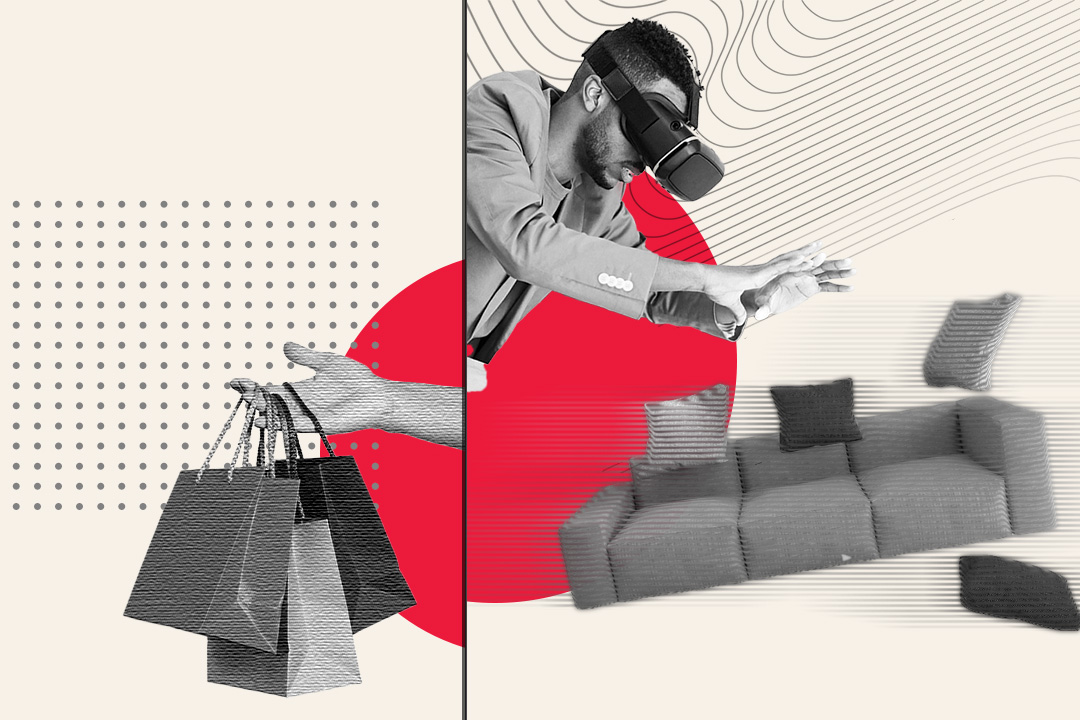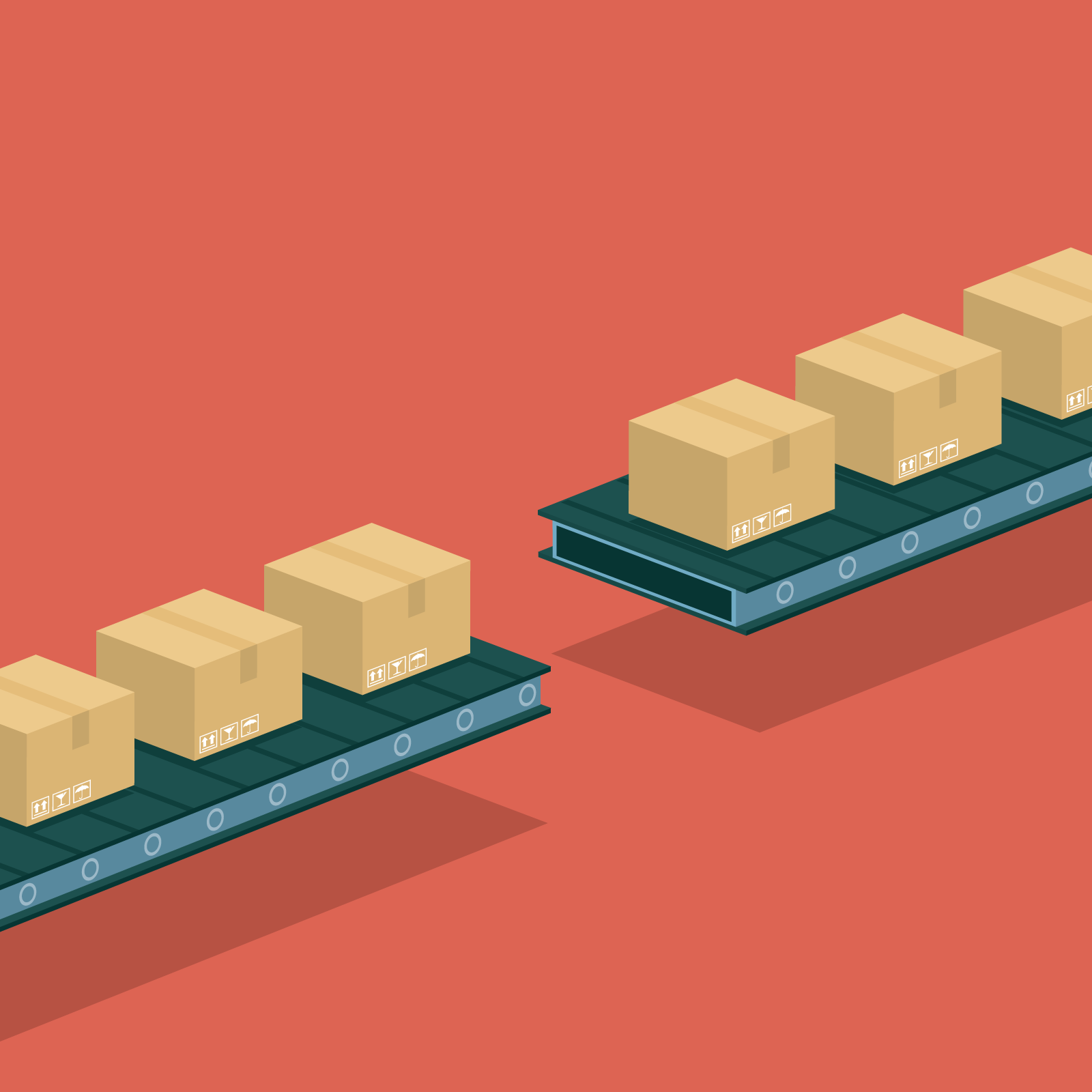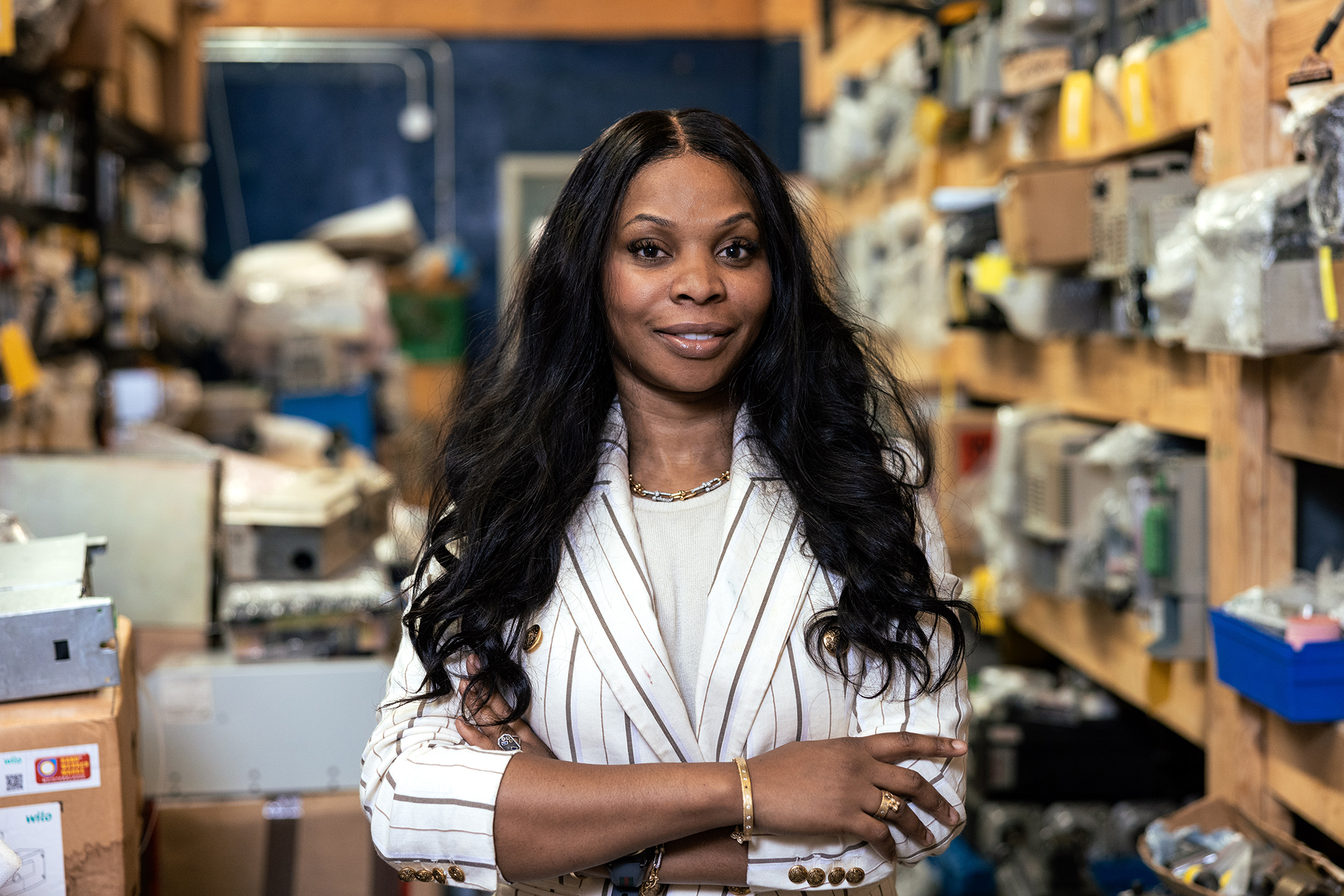Has COVID-19 Changed In-store Shopping for Good?

Even before 2020, bricks-and-mortar retail was struggling to adapt to changing consumer behaviour and the looming threat of e-commerce. But once the pandemic hit, physical retail spaces were forced to close their doors and embrace digital immediately, and those who were already pioneers online had to keep pace with a slate of new competitors. Now that we can get back to IRL shopping, do we even want to? Here’s what Adele Tetangco, a Vancouver-based retail specialist and the former head of e-commerce site Garmentory, and Doug Stephens, founder of the consultancy Retail Prophet in Toronto, have to say about where the industry is going next.

ADELE TETANGCO: For independent and emerging fashion retailers, business was hard even before the pandemic. The pressure to sell items at a discount was mounting because larger retailers and e-commerce sites could afford to sell things for far cheaper. Small retailers were breaking even at 30 per cent off. Because of this, retailers now need to develop exclusive house brands so they can control their prices and yield higher margins.
DOUG STEPHENS: Yes, if we’re being honest, retail wasn’t exactly the picture of health prior to the pandemic. Some channels, like department stores, were struggling to find relevance in a world that had moved on to online shopping. Ailing and highly leveraged brands were struggling to stay afloat. And apex predators like Amazon were taking an ever-increasing piece of the pie.
A.T.: During the pandemic, many solo entrepreneurs were suddenly tasked with going digital but didn’t have the bandwidth to manage an online channel. Running an e-commerce site takes just as much time and energy as running a bricks-and-mortar space. One of the biggest barriers is the cost of photographing items to put online, which can be thousands of dollars, and the need to constantly update with new arrivals.

D.S.: For many consumer-product brands, there has also been a shift that points to the end of wholesale. They’ve realized that they no longer need to rely solely on retailers to broker relationships with consumers. They can do that directly. In fact, beginning in 2017, Nike, for example, pared back its wholesale distribution and focused intently on direct-to-consumer sales and its own physical-store presence.
A.T.: But I think for the old retailers that had been in business for so many years, they were just so used to selling in person. Both for building their customer base and for moving stock, they relied on that personal touch. From that perspective, it’s hard for them to think, ‘What can I do that will give them the same experience online?’ because they were so used to getting all their sales in physical stores.
D.S.: What we’re beginning to understand is that media, whether it’s advertising, a website or original content from a brand, is the store now. Media is the first stop and increasingly the last stop in terms of where customers are buying products. In order for them to survive, we need to think of physical stores as a form of media. That means brands have to treat the store experience very differently than just a check-out point—it has to offer something unique. For example, IKEA’s urban-planning studios offer shoppers a dedicated space in which to design their home-renovation project. Dyson stores are more like high-end galleries of products. The store concept now has to be one of several avenues for customer acquisition.
A.T.: What I’m seeing a lot of now is integrations that are video-based and live-stream-based. For example, heritage boot maker Lucchese now has virtual personal shopping on its website via a platform called Immerss. I think we’ll start to see more of that as brands start to adopt different types of media, as you say, Doug, in the future.
D.S.: Retail has become a hybrid thing between digital and physical, and it will continue to be that way. Entertainment and commerce are collapsing together in a way that we’ve never seen before. The Netflix series Squid Game, for example, generated massive amounts of merchandise sales. Entertainment is where brands are reaching customers now. That entertainment can be online or in in-person spaces. But we don’t need a concrete building in the suburbs with 85 stores and a food court anymore. We’ve moved on.









